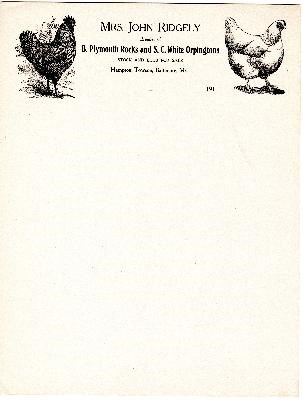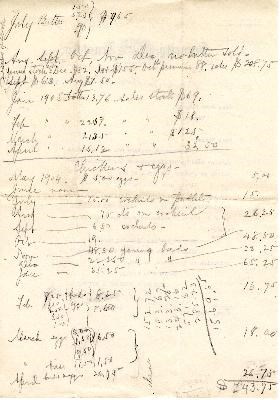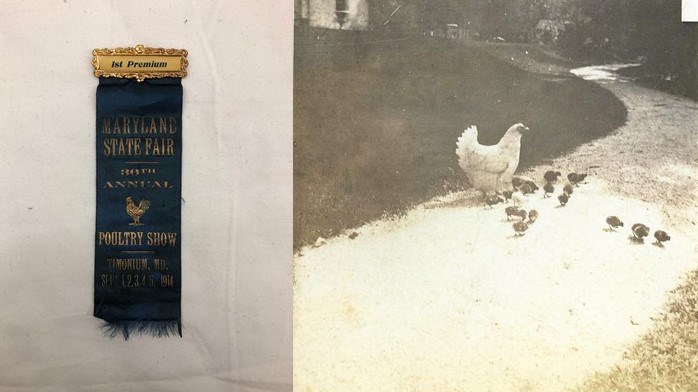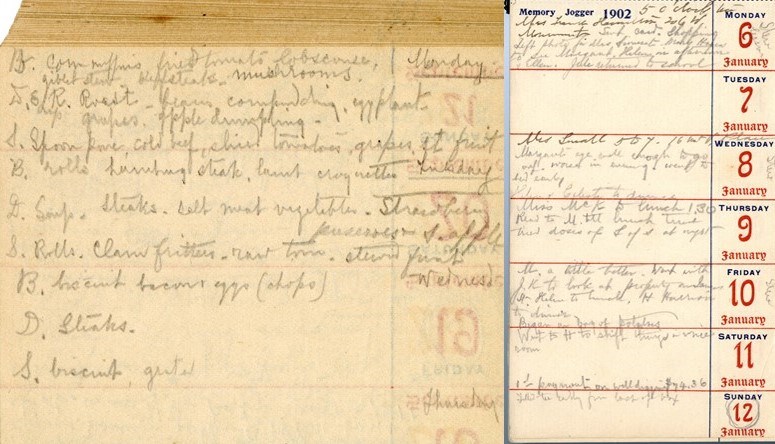|
Farm production at Hampton had diminished by the time Helen became mistress of Hampton in 1904. Helen blamed her mother-in-law, Margaretta, for allowing the farm operations to grow stagnant. In addition to managing the household and gardens, she oversaw some various farm and grounds operations, especially focusing on the poultry flocks to increase income. By making alterations to Hampton’s gardens, Helen was able to significantly decrease the amount of maintenance required for upkeep. After the longtime farm manager Joseph Phipps left Hampton in 1908, Helen took up more responsibility for the management of the estate. In this, she pushed outside the sphere of activity that was generally acceptable for women and into traditionally male dominated realms in order to keep Hampton afloat. 
NPS

NPS

NPS

Photograph of Helen's chickens, c.1910 (HAMP 18585) NPS With grain farming declining in profitability during the early 20th century, Helen oversaw the breeding and sale of award-winning chickens and eggs in attempts to diversify Hampton’s farm operations and bring in extra income. Her chickens, especially the white Orpingtons she favored, won prizes for several years in a row beginning in 1906 at the Maryland State Fair. This first place ribbon from the 36th Annual Poultry Show in Timonium, Maryland was awarded to one of Helen’s chickens in 1914. Helen even placed a snapshot of a hen with chicks in one of her family photo albums. 
NPS This date book was kept by Helen Ridgely to track daily tasks and appointments. It includes detailed menus of the food Hampton’s cooks prepared for the Ridgely family. It was a rare occasion that only immediate family members sat down to a meal. Typically, there would be at least twelve to fifteen people dining, often relatives and visitors. An entry from the date book includes the following menu Breakfast: Rolls, chops & tomato sauce, salt mackerel and cherries Helen oversaw the preparation of each meal, which was completed by skilled kitchen staff who prepared the food and wait staff who served it. Considering that there were none of the modern conveniences utilized today, preparing meals was a laborious and time-consuming undertaking. For example, serving “fried chicks” entailed killing the chicken, plucking the feathers and butchering it before the cooking process could begin. Despite all their efforts, Helen could be judgmental and severe with the housekeeping staff, sometimes replacing cooks several times a year. 
NPS
|
Last updated: July 25, 2021
